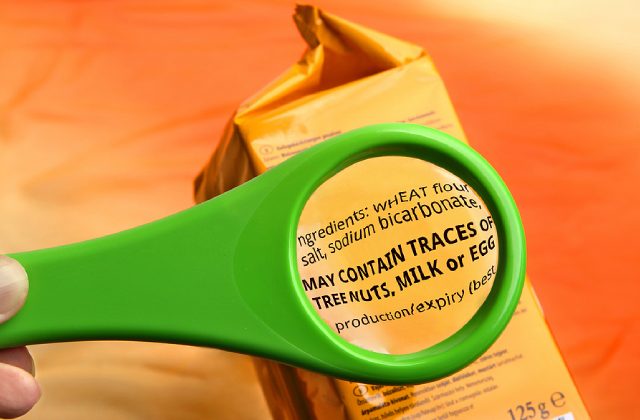
When managing your child’s allergies, you should not just stock up on antihistamines and epinephrine—it is also crucial to identify the root cause of their adverse reaction. By developing an in-depth understanding of your child’s allergies, you can work on reducing exposure and treating symptoms effectively.
In this article, we will explore the causes of common allergies in young children.
Genetics
If your family has a history of allergies, your child is more likely to develop allergies. Notably, specific allergies are not passed down; instead, it is the risk of allergies in general that is inheritable.
As such, you should watch out for your child’s reactions to all allergens. You might also want to consult a paediatrician early on to perform allergy testing so you know what your child should avoid, whether it be food, pollen, or antibiotics.
Smoke
It is critical to keep your child away from cigarette and tobacco smoke: inhalation of such substances not only harms their lungs and respiratory system but also triggers allergy development.
For example, some studies suggest that exposure to environmental tobacco smoke during pregnancy and a child’s early life potentially causes the development of allergic diseases like allergic rhinitis (Hansen et al., 2010; Gallant & Ellis, 2020; Zhou et al., 2021).
Food
Certain foods may cause allergic reactions, the most common being eggs, milk, and peanuts. In some cases, exposure to just a small amount of food can trigger a reaction, which may be instantaneous or delayed.
As it can be challenging to distinguish between food allergies and food intolerance, we recommend bringing your child to a paediatrician for an allergy test.
Mould
Mould—specifically, mould spores—can trigger an allergy response. Unfortunately, mould thrives in warm and moist environments, making it a common sight in hot and humid Singapore. They can be found on food, in the bathroom or kitchen, or on the wallpaper.
It is best to keep your home well-ventilated to discourage mould growth.
Chemicals and Drugs
All medications have the potential to cause an allergic reaction. Among them, antibiotics are one of the most common.
For some, the chemicals in everyday items like shampoos can trigger an allergic reaction known as contact dermatitis. Therefore, you should be careful when testing new fragrances and preservatives with your child.
Dust Mites
An allergic reaction may result from your child breathing in dust mite’s skin and faecal particles, causing symptoms such as sneezing and runny nose. If your child has a dust mite allergy, we recommend avoiding humidifiers and non-washable toys.
Animals
Contrary to popular belief, pet fur and feathers do not trigger an allergic reaction; instead, it is the proteins found in pet saliva, urine, and skin cells that cause a problem. These protein particles may stick to pet hair, cling onto furniture, or float through the air.
If your child reacts poorly when exposed to your pet, it is best to consult a doctor for possible treatment options, such as antihistamines.
Conclusion
There are numerous possible causes and triggers of allergic reactions, from genetics to environmental allergens like dust mites and medication. Identifying the root cause will help you determine your approach to diagnosing and managing your child’s allergies.
If you suspect your child has an allergy, it is best to consult a paediatric clinic in Singapore like Petite Practice for child allergy tests and management services.
References
Hansen, K., Mangrio, E., Lindström, M., & Maria Rosvall. (2010). Early exposure to secondhand tobacco smoke and the development of allergic diseases in 4 year old children in Malmö, Sweden. BMC Pediatrics, 10(61). https://doi.org/10.1186/1471-2431-10-61
Gallant, M. J., Ellis, A. K. (2020). Prenatal and early-life exposure to indoor air-polluting factors and allergic sensitization at 2 years of age. Annals of Allergy, Asthma & Immunology, 124(3), 283 – 287. https://doi.org/10.1016/j.anai.2019.11.019
Zhou, Y., Chen, J., Dong, Y., Shen, J., Tian, M., Yang, Y., Song, L., & Li, J. (2021). Maternal tobacco exposure during pregnancy and allergic rhinitis in offspring. Medicine (Baltimore), 100(34). https://doi.org/10.1097/MD.0000000000026986



